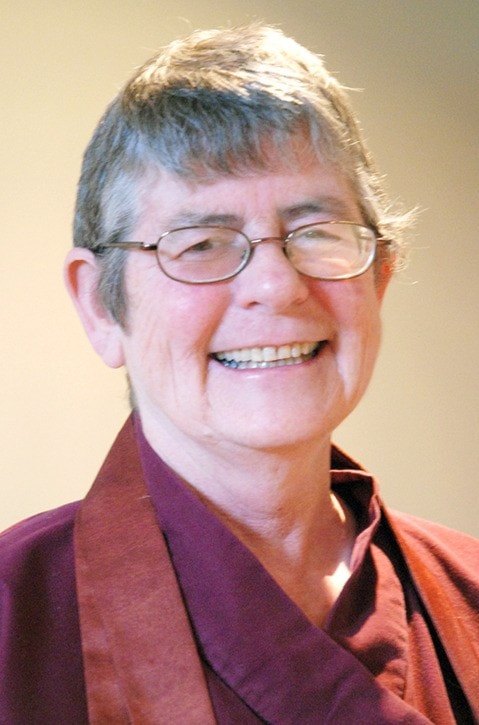There are three sets of precepts of moral behavior in Soto Zen Buddhism: the refuge precepts, the three great precepts and the 10 grave precepts. When we take the refuge precepts, we commit to awakening from the confusion that has been caused by the familial, social and religious conditioning that entwines us in a net whose threads are composed of the problems of pain, pleasure and point of view.
In our attempt to solve these problems we develop allegiances to various approaches to self-discipline, to ethics and to a spiritual path. We explore all kinds of rationales, taken from various traditions and philosophies. We may try to combine them or we may continue shopping for the one right approach. This results in personal conflict that arises from wanting to have the best. When we take refuge, we end this shopping in the spiritual supermarket and decide to stick to a particular practice for the rest of our lives.
In taking refuge, we commit ourselves to a path that offers a simple and extremely economical approach. The Zen path was strategized, designed, and well thought out 2,500 years ago by the historical Buddha. Taking refuge means committing to that path wholeheartedly. We make a deep commitment to stop picking and choosing. This saves a lot of money, a lot of energy and a lot of superfluous thinking.
Perhaps this approach may seem repressive, but it is really based on a sympathetic attitude towards our situation. It is only possible to realize our innate enlightenment when there are no sidetracks, no exits. Usually we tend to look for something new to solve our problems: a change in society or politics, a new diet, a new theory. Working on oneself, without such exits or sidetracks, is the Zen path.
Taking refuge is a total commitment to oneself. It’s a commitment to working with the inherent sacredness, richness and the magical aspect of each moment. And this has to be done in the mundane activities of daily life. There are no scapegoats. When you take refuge, you become responsible for yourself. The world is no longer regarded as a source of salvation. It may entertain you, play music for you and dance for you, but the path and the inspiration of the path are up to you. You have to do it. And the meaning of taking refuge is that you commit yourself to doing it.
Taking refuge means dropping the belief that because we were born condemned, we have to be saved. It means understanding that humans have never been condemned — except by their own confusion. Taking refuge means you no longer have to be confused. Your path is now clean-cut, definite, precise and very clear. By taking refuge, you join a wisdom path that has existed for 2,500 years without interruption. It is very direct and very simple.
Suggested practice: Contemplate where you find refuge. Is it in material comfort, fun activities or an external power? How would you describe your path of practice?
Kuya Minogue is resident teacher at the Creston Zen Centre and will be offering classes on the 16 precepts of Soto Zen Buddhism at 7 p.m. on Thursday evenings from Feb. 27-April 17. For more information, visit www.zenwords.net or call her at 250-428-6500.
